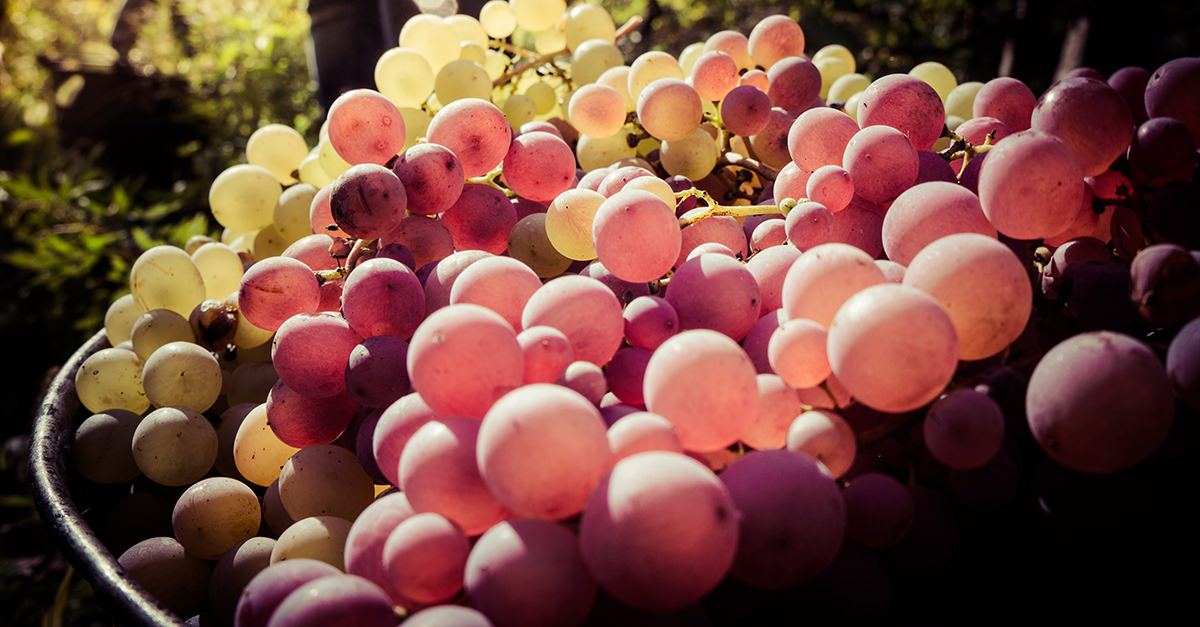Cabernet Sauvignon
Cabernet Sauvignon is one of the world's most widely recognized red wine grape varieties. It is grown in nearly every major wine producing country among a diverse spectrum of climates from Australia and British Columbia, Canada to Lebanon's Beqaa Valley. Cabernet Sauvignon became internationally recognized through its prominence in Bordeaux wines, where it is often blended with Merlot and Cabernet Franc. From France and Spain, the grape spread across Europe and to the New World where it found new homes in places like California's Napa Valley, New Zealand's Hawke's Bay, South Africa's Stellenbosch region, Australia's Margaret River, McLaren Vale and Coonawarra regions, and Chile's Maipo Valley and Colchagua. For most of the 20th century, it was the world's most widely planted premium red-wine grape until it was surpassed by Merlot in the 1990s. However, by 2015, Cabernet Sauvignon had once again become the most widely planted wine grape, with a total of 341,000 hectares (3,410 km2) under vine worldwide. Despite its prominence in the industry, the grape is a relatively new variety, the product of a chance crossing between Cabernet Franc and Sauvignon blanc during the 17th century in southwestern France. Its popularity is often attributed to its ease of cultivation—the grapes have thick skins and the vines are hardy and naturally low yielding, budding late to avoid frost and resistant to viticulture hazards such as rot and insects—and to its consistent presentation of structure and flavours which express the typical character ("typicity") of the variety. Familiarity has helped sell Cabernet Sauvignon wines to consumers, even from unfamiliar wine regions. Its widespread popularity has also contributed to criticism of the grape as a "colonizer" that takes over wine regions at the expense of indigenous grape varieties.
Source: Wikipedia



